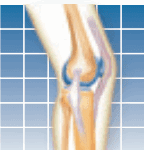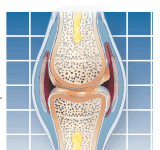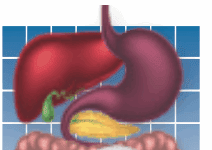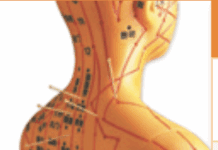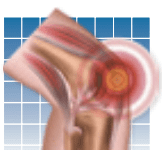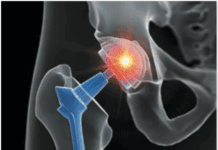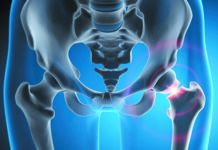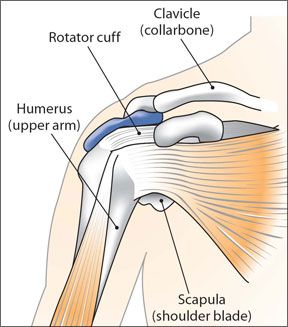Your shoulder is the most complex joint in your body, housing three large bones-the humerus (upper arm bone), the scapula (shoulder blade), and the clavicle (collarbone)-with an elaborate array of muscles, tendons, and ligaments holding the entire arrangement together. Most notable among the shoulders virtues, says Nagy Mekhail, MD, director of Cleveland Clinics Department of Pain Management, is the range of motion that it facilitates, which he describes as "huge" in comparison to your hip, knee, or elbow. However, he points out, the shoulders unique architecture renders the joint vulnerable to a wide range of painful and frequently disabling disorders. Among the more commonly diagnosed of shoulder disorders are: inflammation or degeneration of the rotator cuff (the muscles and tendons that secure the shoulder joint to your arm); the shifting (dislocation) of a shoulder bone from its normal position; and "frozen" shoulder, an age-related disorder in which the capsule that encases the shoulder shrinks and restricts the joints movement. In addition, a variety of arthritis-related problems can result in the gradual deterioration of the joints soft tissues.
To continue reading this article or issue you must be a paid subscriber.
Sign in


